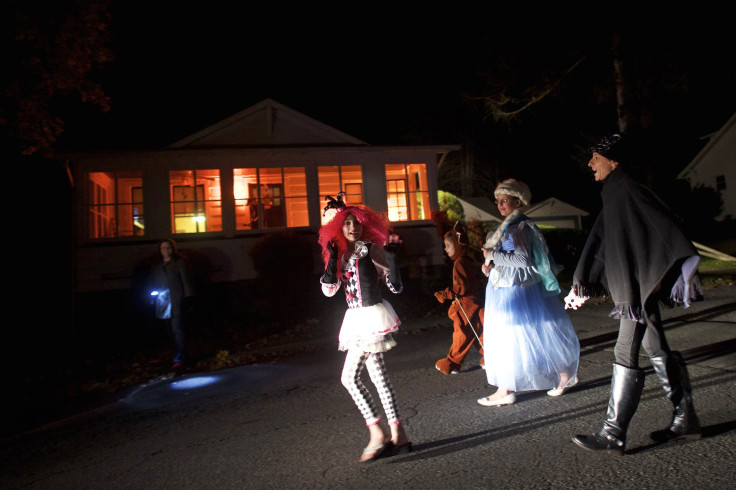What Is Mischief Night? Why We Celebrate Halloween Eve With Pranks

Mischief Night, Devil’s Night, even Cabbage Night -- whatever you call the night before Halloween, it has a special history that veers into the darker part of the otherwise candy-filled holiday. Celebrated Oct. 30 in the United States, the evening provides an opportunity for children and teens to play pranks and engage in minor vandalism, fulfilling the “trick” part of “trick-or-treat.”
The holiday originated in the United Kingdom as part of festivities around the spring holiday May Day, according to the Guardian. But when the population shifted to urban areas during the industrial revolution in the 19th century, the date moved to Nov. 4, the night before Guy Fawkes Day, which celebrates the failure of a plot to blow up the House of Lords.
Traditional tricks on the English version of Mischief Night used to involve elaborate pranks such as switching houses’ gates, smearing treacle on door handles or creating webs of string in a house’s front yard. As the custom made its way to America, it became associated with Halloween, according to LiveScience, and the misbehavior involved tipping over outhouses, unhinging gates and throwing eggs at houses. But the Great Depression brought high tensions and the vandalism escalated, causing Americans to introduce candy and bring back the idea of trick-or-treating to make the holiday a happier occasion. This took over as the official Halloween activity, claiming Oct. 31, and pushed the mischief to Oct. 30.
Now the night is associated with pranks such as smashing pumpkins, tee-peeing houses with toilet paper and forking lawns. Mischief Night did not develop everywhere in the North America, though. It seems to be most common in areas with high populations of Irish and Scottish immigrants -- so English speaking parts of Canada and the Northeastern U.S. but not the South or West. In addition to its limited spread, it is also a holiday that has a different name in every region that celebrates it.
According to the Cambridge Online Survey of World Englishes, only about 25 percent of Americans have a name for the night before Halloween. Mischief Night and Devil’s Night are the two most popular options (at 9 percent and 8 percent respectively), and they are each used in different areas of the country. People from New Jersey and Pennsylvania are most likely to know the holiday as Mischief Night, while Devil’s Night is common in Michigan. Some people in Vermont and New Hampshire (1 percent of those surveyed) say it’s called Cabbage Night, which apparently comes from the prank of leaving rotten fruit or vegetables on porch stoops and doors. Another 1 percent of people say the evening is called Devil’s Eve and the other 4 percent call the holiday some other name.
You can click here for an interactive map of where people call the night before Halloween different names. Even though the pranks have mostly grown more tame in recent years, some towns and neighborhoods still hire patrols to help keep the Mischief Night mayhem under control. If you’re planning to participate in pranks this Halloween season, make sure your victims are in on the tradition, or you might end up with some very confused and annoyed neighbors.
© Copyright IBTimes 2024. All rights reserved.






















